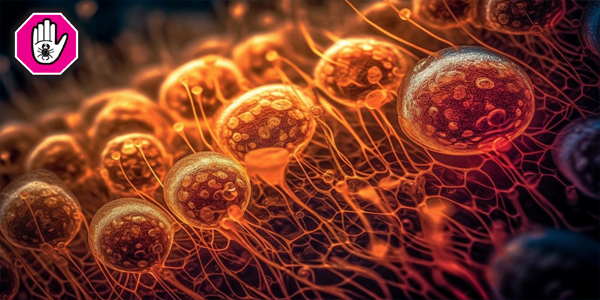Lymphoma is a type of cancer that begins in the lymphatic system, which is a part of the immune system responsible for fighting infections. It occurs when lymphocytes (a type of white blood cell) grow uncontrollably. The two main types of lymphoma are Hodgkin lymphoma and non-Hodgkin lymphoma (NHL), each with distinct characteristics, symptoms, and treatments.
1. Hodgkin Lymphoma
Hodgkin lymphoma is characterized by the presence of Reed-Sternberg cells, a specific type of abnormal cell found in the lymph nodes. It generally follows a predictable pattern of spreading from one lymph node group to another.
- Common in young adults: It often affects people between the ages of 15 and 40, but can also occur in older adults.
- Highly treatable: Hodgkin lymphoma is often curable, especially when detected early, with treatments like chemotherapy and radiation.
2. Non-Hodgkin Lymphoma (NHL)
Non-Hodgkin lymphoma is a broader category that includes many different subtypes. Unlike Hodgkin lymphoma, it can start in any part of the body and doesn’t follow a predictable spread.
- More common in older adults: NHL is most often diagnosed in people aged 60 and older.
- Varied prognosis: NHL includes both slow-growing (indolent) and fast-growing (aggressive) forms, and treatment depends on the type and stage.
3. Key Differences Between Hodgkin and Non-Hodgkin Lymphoma
| Characteristic | Hodgkin Lymphoma | Non-Hodgkin Lymphoma (NHL) |
|---|---|---|
| Presence of Reed-Sternberg cells | Yes | No |
| Age group | Common in young adults (15-40) and older adults | Primarily affects older adults (60+) |
| Spread pattern | Predictable, from one lymph node group to another | Unpredictable, can start in various locations |
| Treatment outcome | Often curable, especially if detected early | Varies depending on the type and aggressiveness |
| Subtypes | Limited, with few variations | Numerous subtypes, including aggressive and indolent forms |
4. Symptoms of Lymphoma
Symptoms for both Hodgkin and non-Hodgkin lymphoma are similar and include:
- Swollen lymph nodes (often painless)
- Fatigue
- Fever and night sweats
- Unexplained weight loss
- Itchy skin
5. Treatment Options
- Chemotherapy: The most common treatment for both Hodgkin and non-Hodgkin lymphoma, involving drugs that kill cancer cells.
- Radiation therapy: Often used for localized Hodgkin lymphoma or certain NHL subtypes.
- Targeted therapy: Drugs that target specific molecules involved in cancer growth, commonly used in NHL.
- Immunotherapy: Helps the immune system recognize and attack lymphoma cells.
Conclusion
Both Hodgkin and non-Hodgkin lymphoma are cancers of the lymphatic system, but they differ in how they spread, who they affect, and their treatment outcomes. Understanding the differences between the two can help guide treatment decisions and improve patient outcomes. Early detection and appropriate treatment are key to managing both types effectively.


